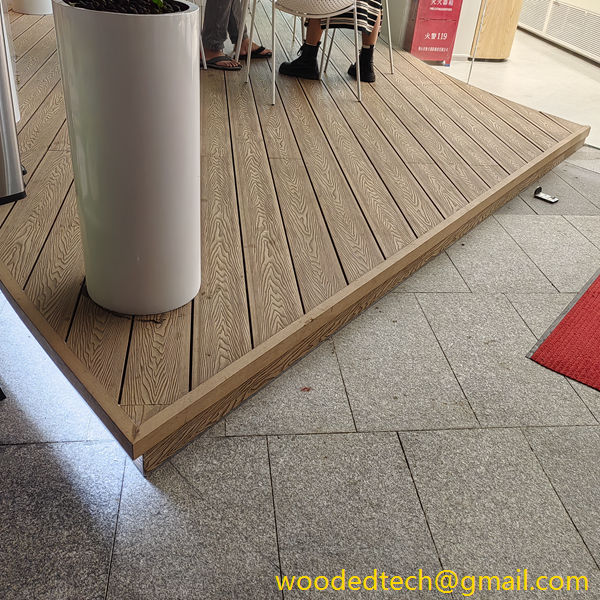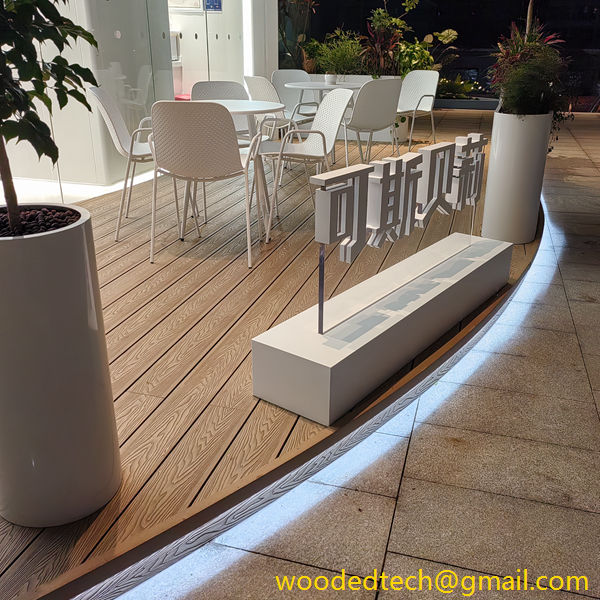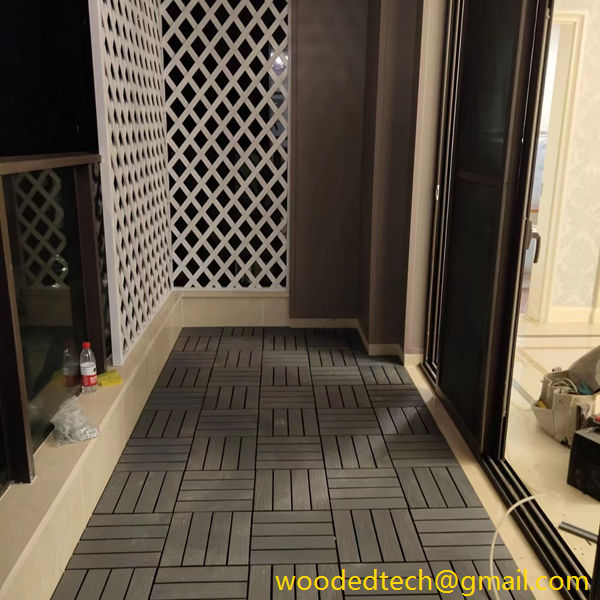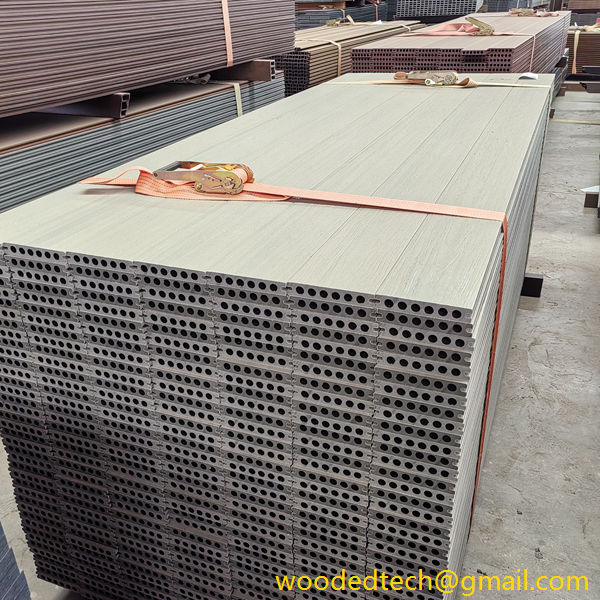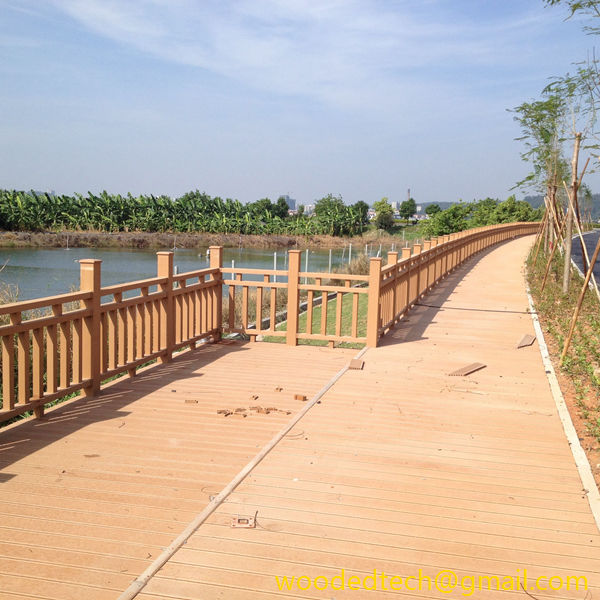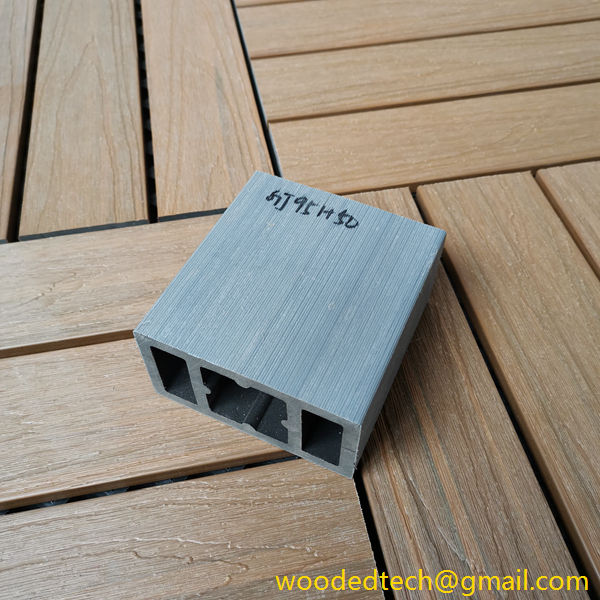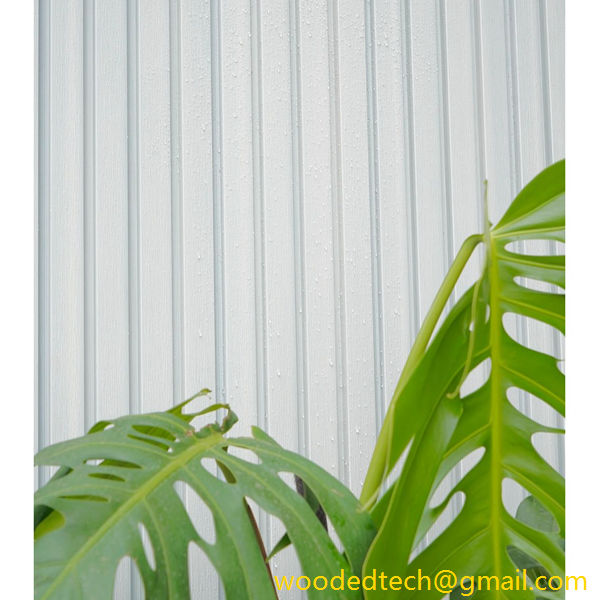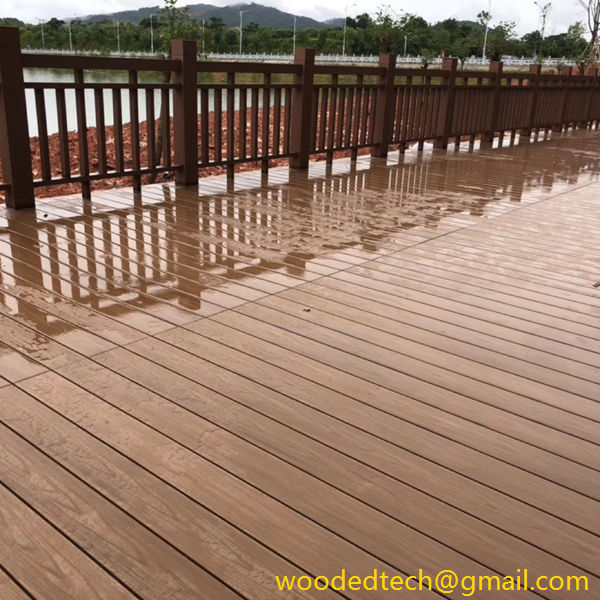ألواح السطح المركب الأقل تكلفة لتوفير التكلفة
ألواح السطح المركب الأقل تكلفة لتوفير التكلفة في الاقتصاد العالمي اليوم، تبحث الشركات والمستهلكون على حد سواء باستمرار عن حلول فعالة من حيث التكلفة لا تتنازل عن الجودة. أحد المجالات البارزة التي يمكن ملاحظة ذلك فيها هو إنتاج ألواح السطح المركب. فمع ازدياد شعبية مساحات المعيشة في الهواء الطلق وبحث أصحاب المنازل عن ألواح متينة ومنخفضة الصيانة...
ألواح السطح المركب الأقل تكلفة لتوفير التكلفة
In today’s global economy, businesses and consumers alike are continually seeking cost-effective solutions that do not compromise on quality. One notable area where this can be seen is in the production of composite deck boards. As outdoor living spaces gain popularity and homeowners look for durable, low-maintenance options, the demand for composite decking has surged. However, one of the most critical factors influencing the market is the cost of production. China, as a major player in this industry, offers significant cost advantages that have made it a preferred choice for many manufacturers and consumers.
One of the primary reasons for China’s cost advantage is its robust manufacturing infrastructure. Over the past few decades, China has invested heavily in developing advanced manufacturing facilities equipped with state-of-the-art technology. This investment has resulted in improved production efficiency, allowing manufacturers to produce high-quality composite deck boards at a lower cost. The scale of production in China is also noteworthy. With numerous factories dedicated to composite materials, economies of scale are achieved, further driving down production costs. These savings can then be passed on to consumers, making composite decking more accessible and affordable.
Labor costs in China also play a significant role in the overall cost advantage. While labor costs in many Western countries have risen sharply, China continues to offer a competitive labor market. The availability of a large workforce willing to work at lower wages without sacrificing productivity contributes to lower manufacturing costs. This factor is particularly important in industries like composite decking, where labor-intensive processes can significantly impact overall production expenses. As a result, companies that source their composite deck boards from China can enjoy substantial savings compared to those that manufacture locally in higher-cost regions.
Another aspect contributing to the cost advantages of composite deck boards produced in China is the availability of raw materials. China is one of the largest producers of the essential components used in composite decking, such as wood fibers and plastic resins. This proximity to raw materials reduces transportation costs and ensures a steady supply, which is critical for maintaining production schedules. Additionally, Chinese manufacturers have developed efficient supply chain logistics that streamline the procurement of materials. This efficiency not only reduces costs but also minimizes delays, allowing companies to meet market demand more effectively.
Furthermore, the Chinese government has implemented various policies aimed at bolstering the manufacturing sector. These include tax incentives, subsidies, and investments in infrastructure that facilitate production and export. Such support enables manufacturers to keep their costs low, further enhancing their competitive edge in the international market. As a result, companies that choose to source their composite deck boards from China often benefit from lower prices, which can be a significant differentiator in a highly competitive industry.
The flexibility and adaptability of Chinese manufacturers also contribute to their cost advantage. Many companies in China are well-equipped to respond quickly to changes in market demand, whether that be through innovation in product design or adjustments in production volumes. This agility allows manufacturers to optimize their operations and reduce waste, ultimately lowering costs. For buyers, this means they can find products that meet their specific needs without incurring additional expenses associated with custom orders or excess inventory.
Moreover, the global reach of Chinese manufacturers facilitates competitive pricing structures. With access to a vast international market, these companies can leverage their scale to negotiate better deals with suppliers and transporters. This global perspective not only enhances their purchasing power but also allows them to establish pricing strategies that benefit consumers worldwide. As a result, buyers can enjoy high-quality composite deck boards at prices that are often significantly lower than those offered by local manufacturers in other countries.
In addition to the direct cost savings associated with sourcing composite deck boards from China, there are also indirect benefits that can lead to overall cost reductions for businesses. For instance, the durability and low maintenance requirements of many Chinese-manufactured composite decking products can translate into long-term savings for consumers. With products designed to withstand the elements and resist fading, warping, and splintering, homeowners can save money on repairs and replacements over time. This aspect adds to the appeal of choosing composite decking sourced from China, as it aligns with the desire for value-driven purchases.
In conclusion, the cost advantages of China’s production areas, particularly in the context of composite deck boards, are multifaceted. From advanced manufacturing capabilities and competitive labor costs to the availability of raw materials and government support, these factors collectively contribute to lower production expenses. For consumers and businesses looking for cost-effective solutions in outdoor living products, China’s composite deck boards represent an attractive option that combines affordability with quality. As the demand for durable and aesthetically pleasing decking continues to rise, it is likely that China’s role as a leading supplier will only strengthen, providing ongoing benefits to both producers and consumers in the global marketplace.

